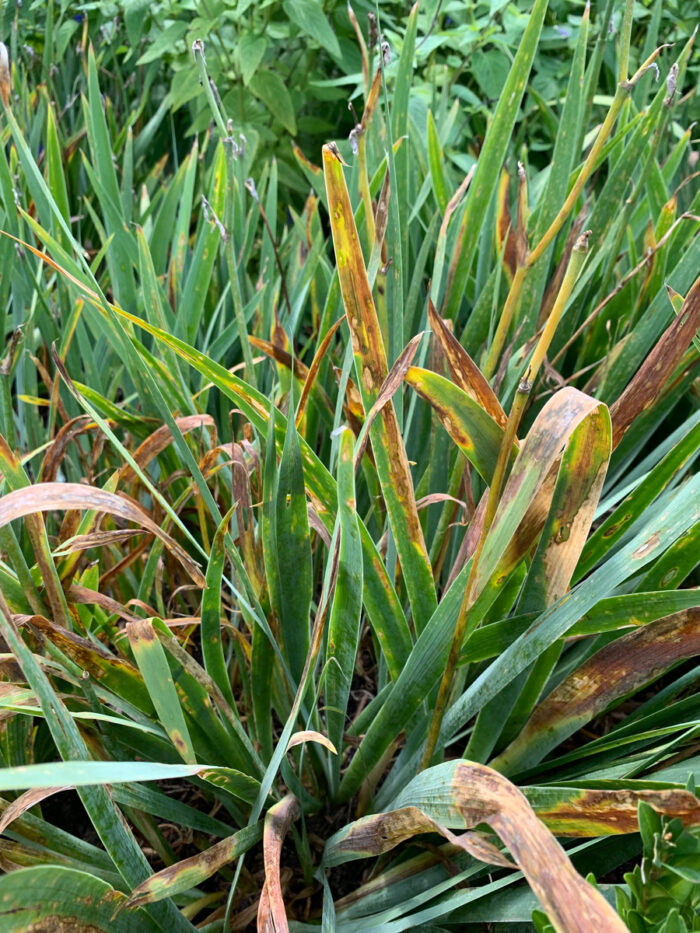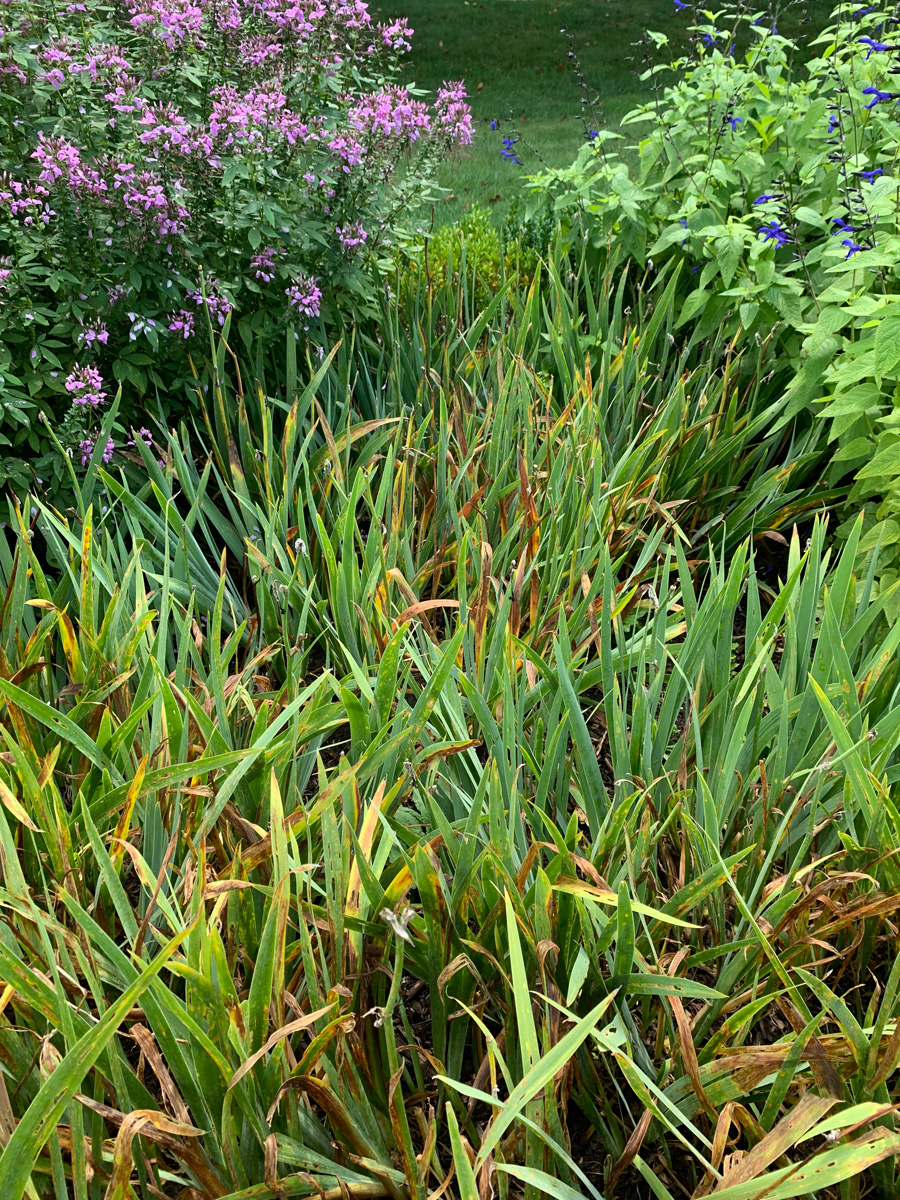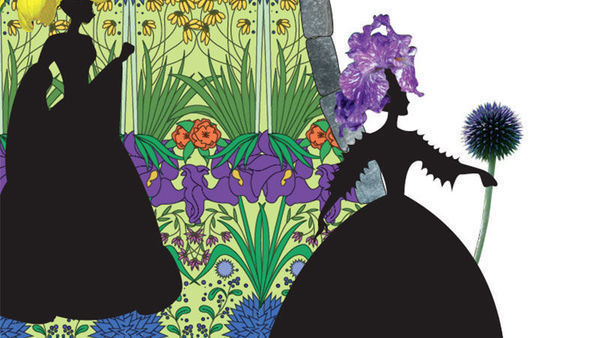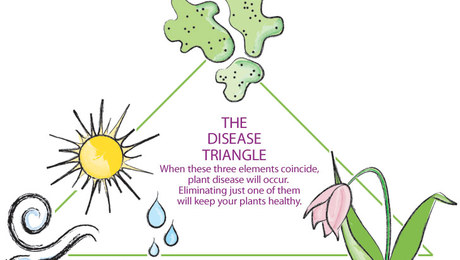
As the Mid-Atlantic enters fall after a hot and humid summer, gardeners face many challenges. Among these are controlling pests and battling disease. Pest and disease infestations tend to be a direct result of a stressful growing season. When the summer weather is steamy, fungal diseases rear their ugly head much more often. One disease you might be dealing with after a hot summer is iris leaf spot.
Iris leaf spot is caused by the fungus Cladosporium iridis and affects irises (Iris spp. and cvs., Zones 3–10). Fortunately, it can be controlled relatively quickly once it is identified. Typically, the fungus takes a few seasons to kill affected plants, but if the proper measures are put in place, it can be easily remedied.

What does iris leaf spot look like?
First, you must identify the fungus. Of the many irises grown in the Mid-Atlantic region, the bearded or German iris (I. × germanica, Zones 3–10) is the most susceptible to iris leaf spot. The most common symptom appears on the leaf blades, starting as small, yellowish lesions that turn brown soon after appearing. The lesions often spread through the leaves after the irises bloom. The leaf blade may eventually become completely necrotic and die back.

Take proactive steps to prevent iris leaf spot infestation
Since the fungus overwinters as a network of fungal threads (or mycelium) on the dead foliage and stems, spores can accumulate in the spring and lead to new infections throughout the growing season. In order to control this cycle of infections, the following measures can be easily taken to slow and ultimately eliminate the fungus.
- Remove all dead debris in the fall.
- Remove any foliage with lesions as soon as you see it.
- Increase air circulation by dividing irises if they are too crowded and removing other plants if they are located too closely.
- Avoid getting water on the foliage when watering, and do not work with the plants when the foliage is wet. This will prevent the spores from spreading.
- Plant irises in full sun and well-drained soil.
- Space plants apart to promote adequate air circulation.
- Maintain a neutral soil pH, and add lime if the pH is below 6.
- Plant more leaf spot–resistant iris species, such as Siberian iris (Sibirica, Zones 3–8).
Typically, the cultural practices mentioned above can be utilized to reduce and eliminate iris leaf spot. Spraying a chemical fungicide is often not necessary if the fungus is properly monitored and treated promptly. As fall approaches, be sure to remove any visibly infected foliage as it appears, and the disease will start to subside in subsequent seasons.
—Michele Christiano has worked in public and private gardens for most of her career. She lives in southern Pennsylvania.
Learn more


















Comments
Log in or create an account to post a comment.
Sign up Log in